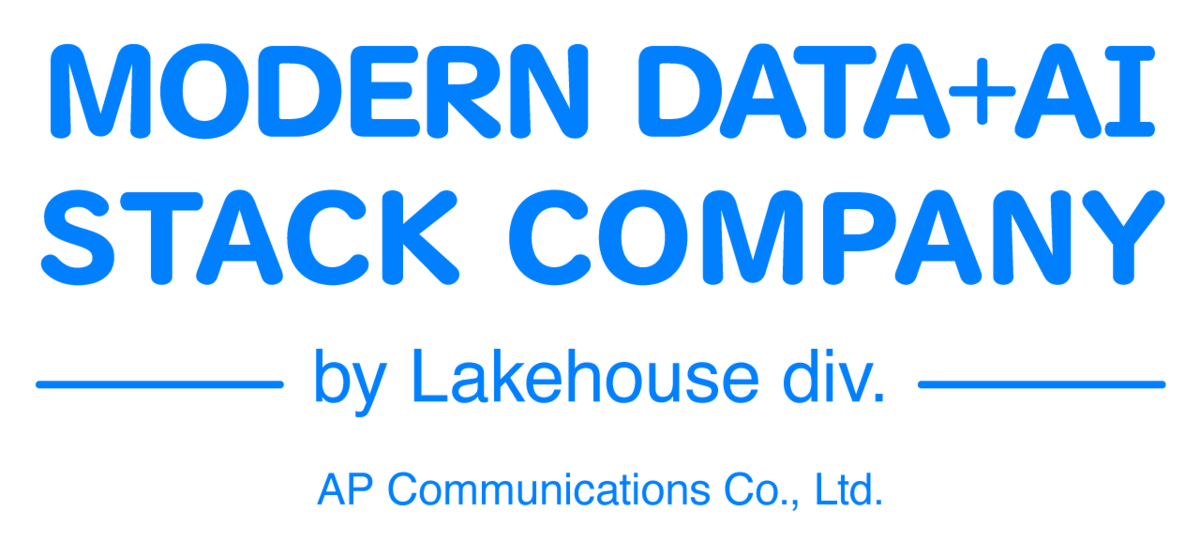Introduction
This is Johann from the Global Engineering Department of the GLB Division. I wrote an article summarizing the content of the session based on reports from Mr. Gibo participating in Data + AI SUMMIT2023 (DAIS).

In this post, I would like to provide a clear summary of a recent lecture Mr. Gibo attended, titled "Comparing Databricks and Snowflake for Machine Learning." In this lecture, Michael Green, a senior data scientist at Hitachi Solutions America, and Don Scott, who leads new product development, compare the performance of two data analysis platforms, Databricks and Snowflake, in the context of machine learning. This blog post is structured in one part, with this post being the first part. The target audience for this post includes data engineers, data scientists, and machine learning engineers. Now, let's dive into the content of the lecture!
Presentation Comparing Databricks and Snowflake
The lecture began with an introduction to a presentation comparing Databricks and Snowflake. These platforms are very popular in the fields of data analysis and machine learning, and many companies are utilizing them. The lecture provided a detailed explanation of the performance of each platform and which one is more suitable for machine learning.
Explanation of TPC Benchmark and Focus on AI Benchmark
The lecture started with an explanation of the TPC benchmark. The TPC benchmark is a standard benchmark for measuring the performance of database systems, with the following characteristics: 1. Allows for the comparison of the performance of various database systems 2. Measures multiple performance metrics, such as query processing speed and data loading speed 3. Uses test data and queries based on general business processing However, benchmarks specialized for machine learning and AI are not yet common, so the lecture focused on AI benchmarks. In AI benchmarks, the following elements are considered important: 1. Data preprocessing speed 2. Machine learning model training speed 3. Model prediction accuracy 4. Scalability (ability to handle large amounts of data and multiple models)
Comparison Results of Databricks and Snowflake
In the lecture, both Databricks and Snowflake platforms were compared based on the AI benchmark mentioned above. As a result, the following differences were revealed: 1. Data preprocessing speed: Databricks is faster 2. Machine learning model training speed: Databricks is faster 3. Model prediction accuracy: Both platforms are equivalent 4. Scalability: Both platforms have high scalability As shown, both Databricks and Snowflake platforms have their strengths and weaknesses in machine learning. The choice of which platform to use will depend on the user's needs and purposes.
Summary
The purpose of this lecture was to evaluate the performance of Databricks and Snowflake in machine learning through comparison. After explaining the TPC benchmark, a comparison focusing on AI benchmarks was conducted, revealing the strengths and weaknesses of both platforms. It is expected that as performance evaluations of platforms in the fields of machine learning and AI continue to progress, more appropriate choices will become possible.
Conclusion
This content based on reports from members on site participating in DAIS sessions. During the DAIS period, articles related to the sessions will be posted on the special site below, so please take a look.
Translated by Johann
Thank you for your continued support!
